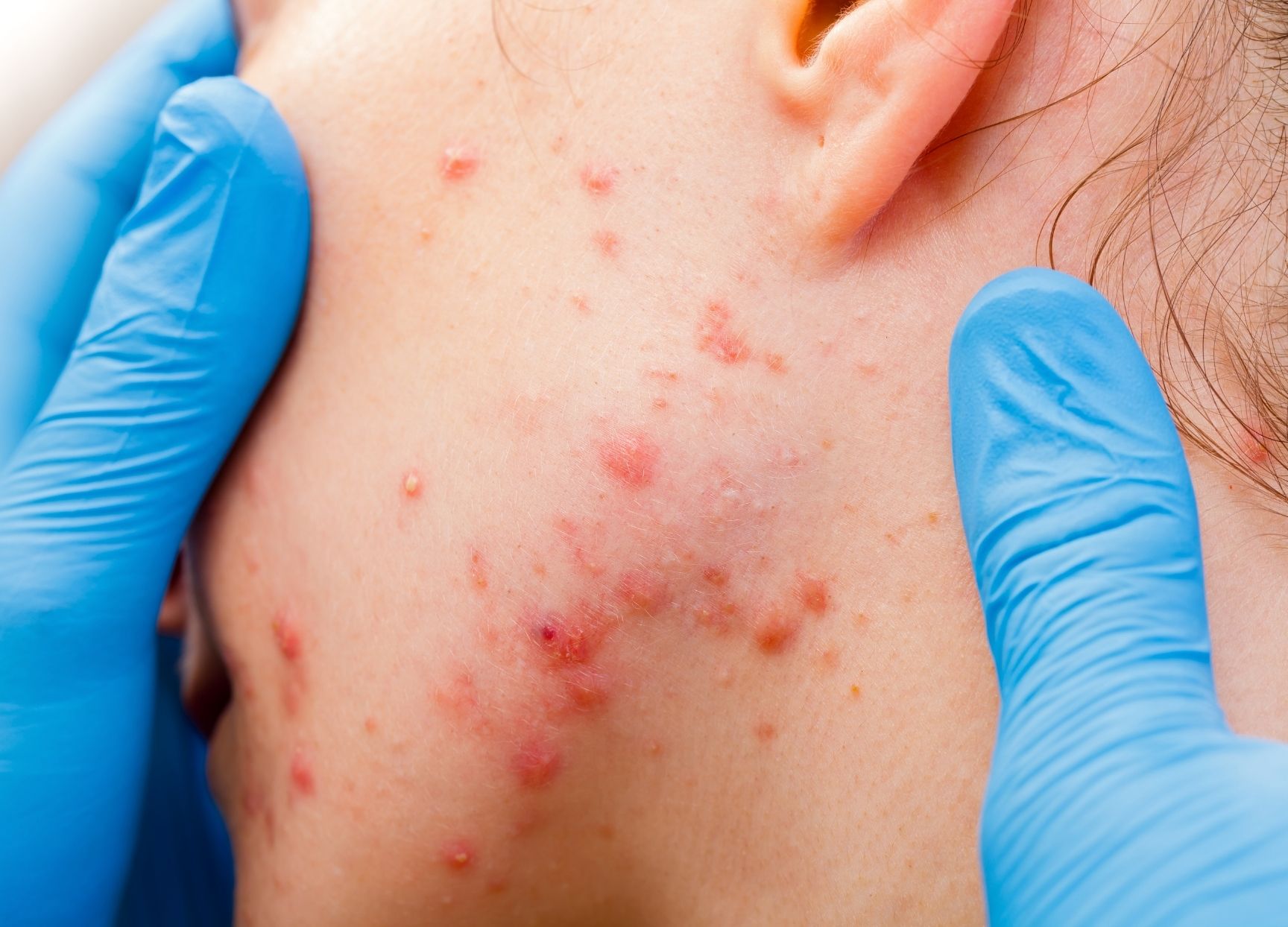Miss Hawys Lloyd-Hughes
Consultant Plastic Surgeon
Specialist expertise: Plastic Surgery, Skin Cancer, Post-Mohs Reconstruction, Surgical Dermatology.
If you notice something that is raised from your skin surface and is well defined, then these are often referred to as lumps and bumps. These are common on our skin at all ages.

If you notice something that is raised from your skin surface and is well defined, then these are often referred to as lumps and bumps. These are common on our skin at all ages.
There are lots of different triggers for lumps and bumps on the skin – it could be that you were born with a particular lump, or it may grow in childhood (e.g., strawberry birthmarks, moles), certain types of lumps and bumps can affect several members of the family (hereditary). Bumps on the skin can also be caused by infections such as viruses (warts and molluscum). Lumps can be caused by blocked glands in the skin – such as cysts or consist of fatty lumps called lipomas. As we get older, we often develop raised rough thickenings of our skin (seborrhoeic keratoses) which can be itchy and annoying. Where skin rubs against skin (armpits/groin) or where clothes rub on our skin (neck) we can develop multiple small skin tags. Moles (or naevi) can grow with time and become raised from the skin surface, this can be part of their normal maturing process, or may signify an abnormal change in the mole. Sunshine can cause certain lumps and bumps on the skin which can lead to skin cancer lesions.
The best way to get a diagnosis for your lumps and bumps is by seeing a dermatologist in person for a consultation so they can take a history and examine your skin directly. The dermatologist will be able to give you a diagnosis and discuss with you any potential treatment options.
Depending on the exact cause of your lump/bump you may be offered liquid nitrogen cryotherapy (a very cold spray which can help remove the top layer of the skin). You may be offered a scrape under local anaesthetic (curettage and cautery), this physically removes the lump/bump and the skin usually heals over 1-2 weeks (like a graze healing), your bump may be removed by ‘shave’ under local anaesthetic, or if your lump/bump is deeper in the skin it may need to be cut out (excised) and stitches needed to close your skin afterwards. Any lump/bump that is removed can be analysed by histology to give us a tissue diagnosis (this helps us confirm the diagnosis of the lesion we have removed).
If your lump/bump is thought to be caused by sun-damage or is thought to be skin cancer, then a small sample (biopsy) might need to be taken first under local anaesthetic to get histology before moving onto the final definitive treatment. Some harmless small lumps and bumps can be treated with laser or electrodesiccation (buzz them with an electrical device).
Some lumps/bumps that are caused by inflammation in the skin can be treated with steroid injections into the lumps themselves. Bumpy scars called keloid or hypertrophic scars can also respond well to steroid injections. Larger keloid scars may need to be cut out and/or treated with lasers plus steroid injections.
Currently selected day
Available consultations
Causes
Tests
Skin prick tests, blood tests
Treatments
Antihistamines, desensitisation, nasal steroid s...
By having a complete and integrated team of sub-specialty experts under one roof we ensure that patients are seen by the right consultant at every appointment. Our skin health specialists cover a wide range of dermatological conditions, and our dedicated allergy specialists are recognised leaders in their field.